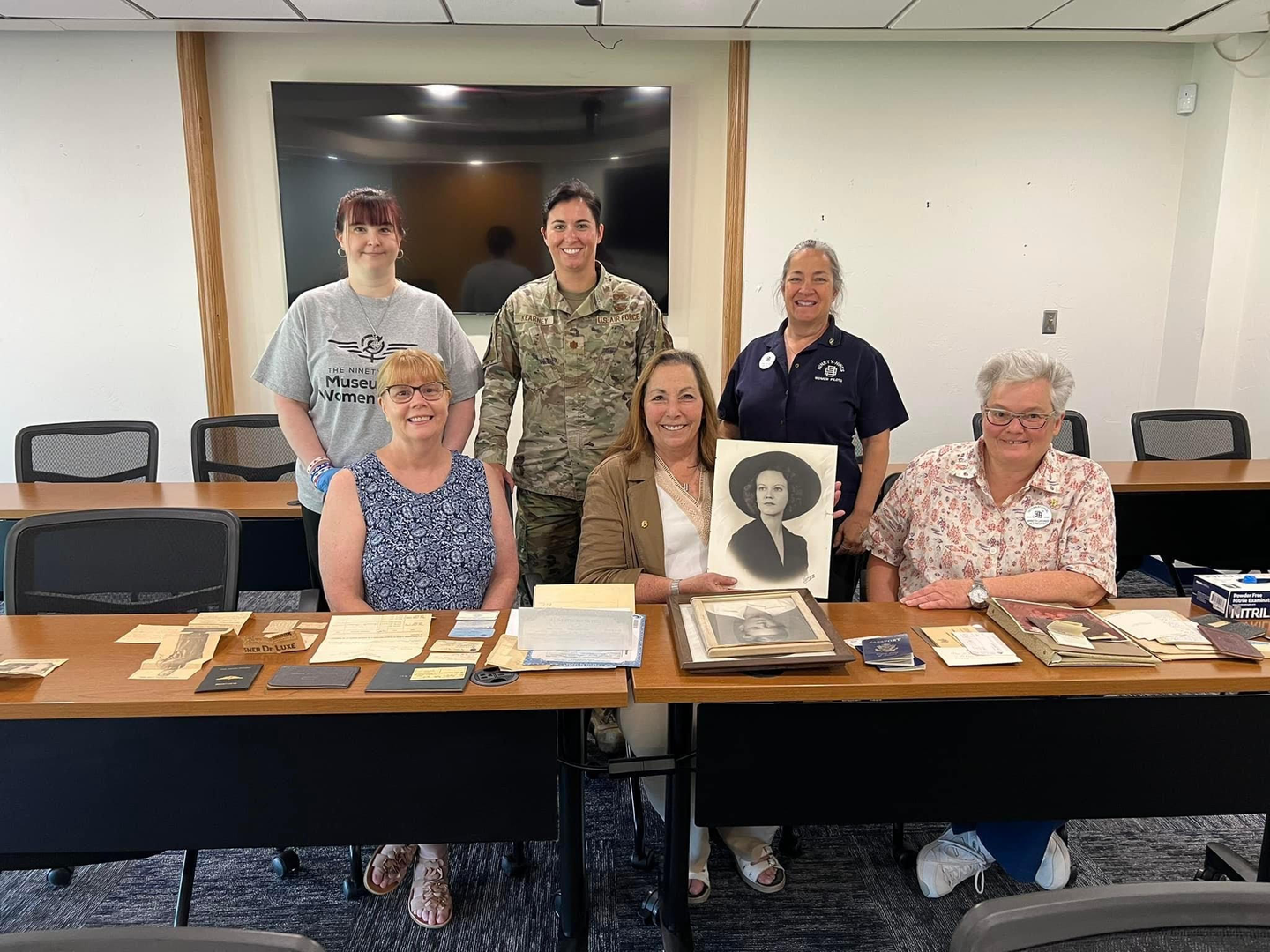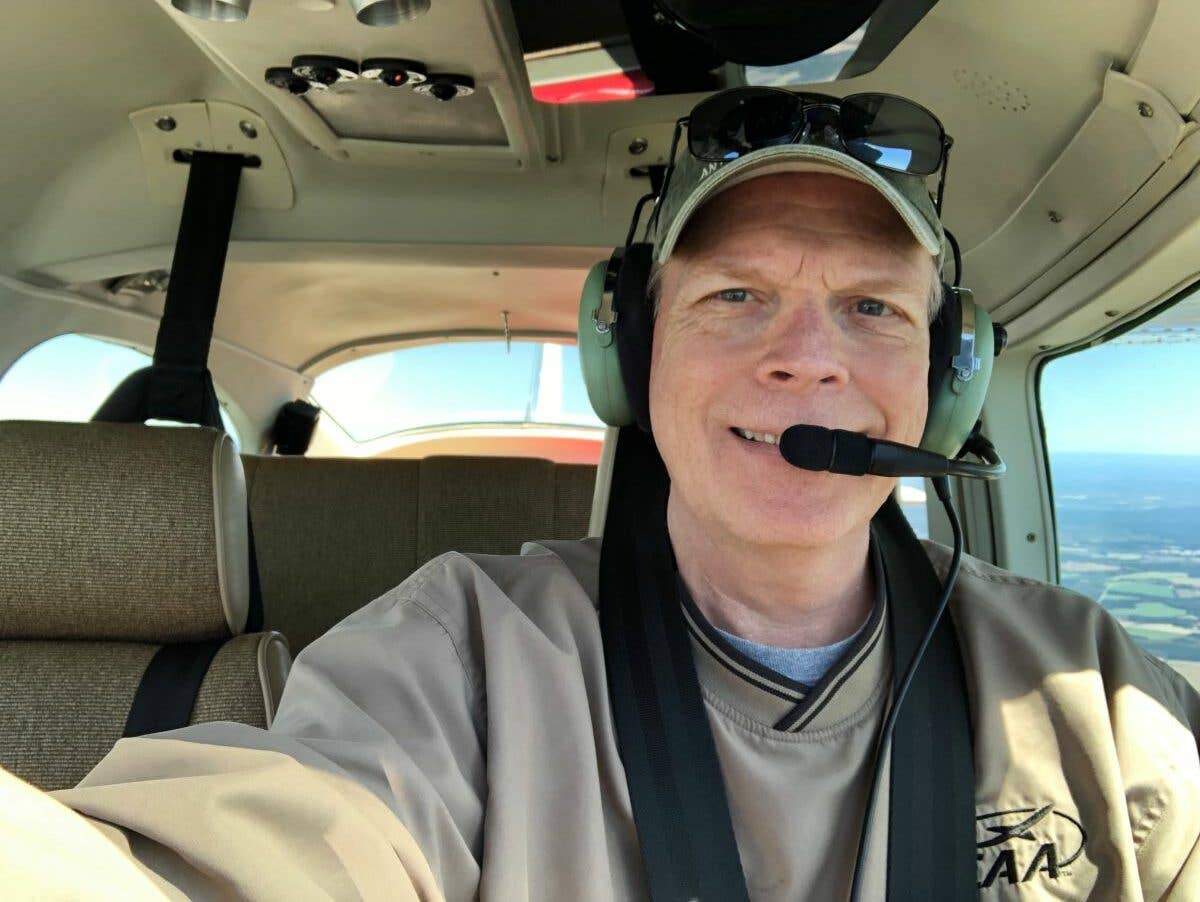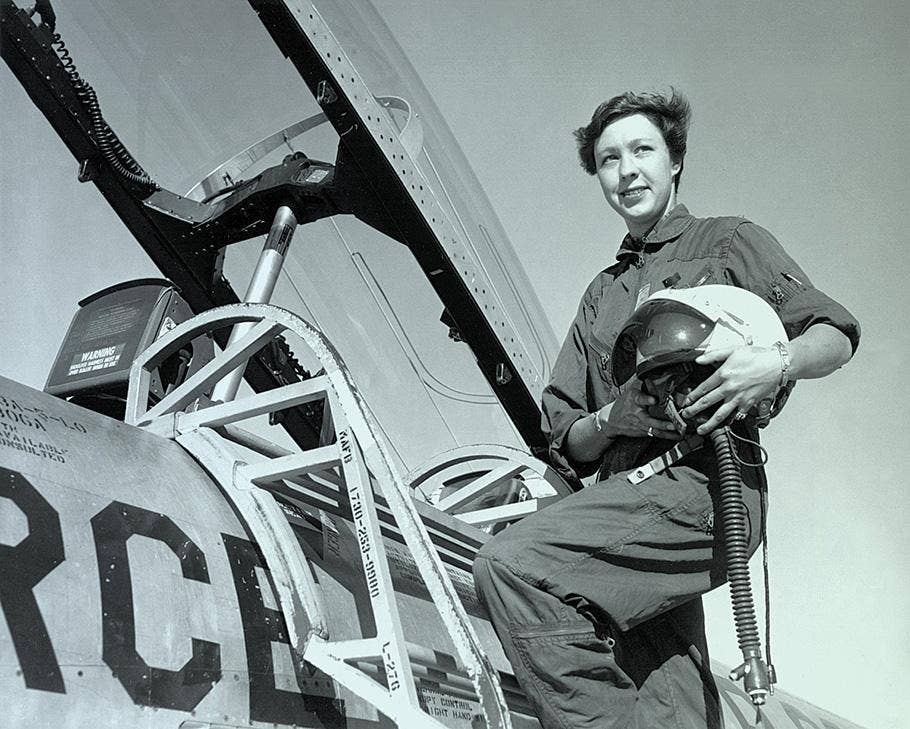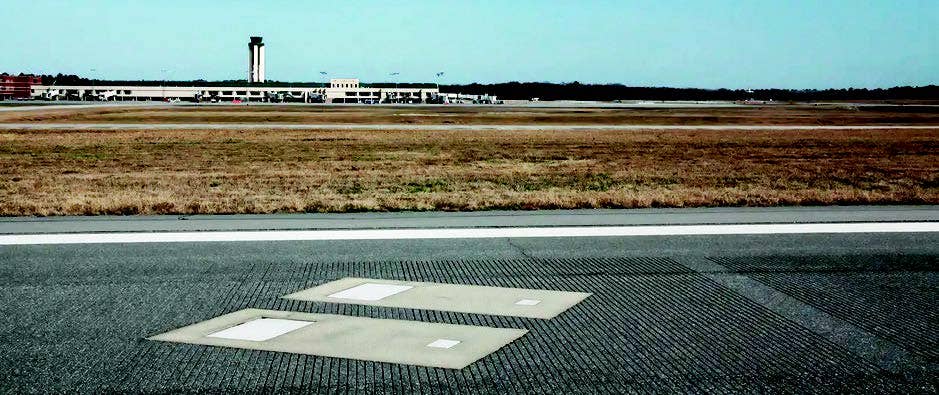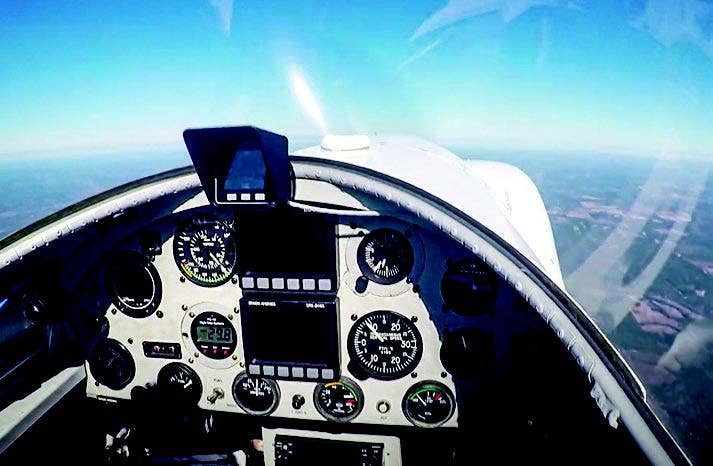Getting to Know That New-to-You Airplane
Suffice to say, there’s a lot more going on in a piston twin than a Citation CJ1.
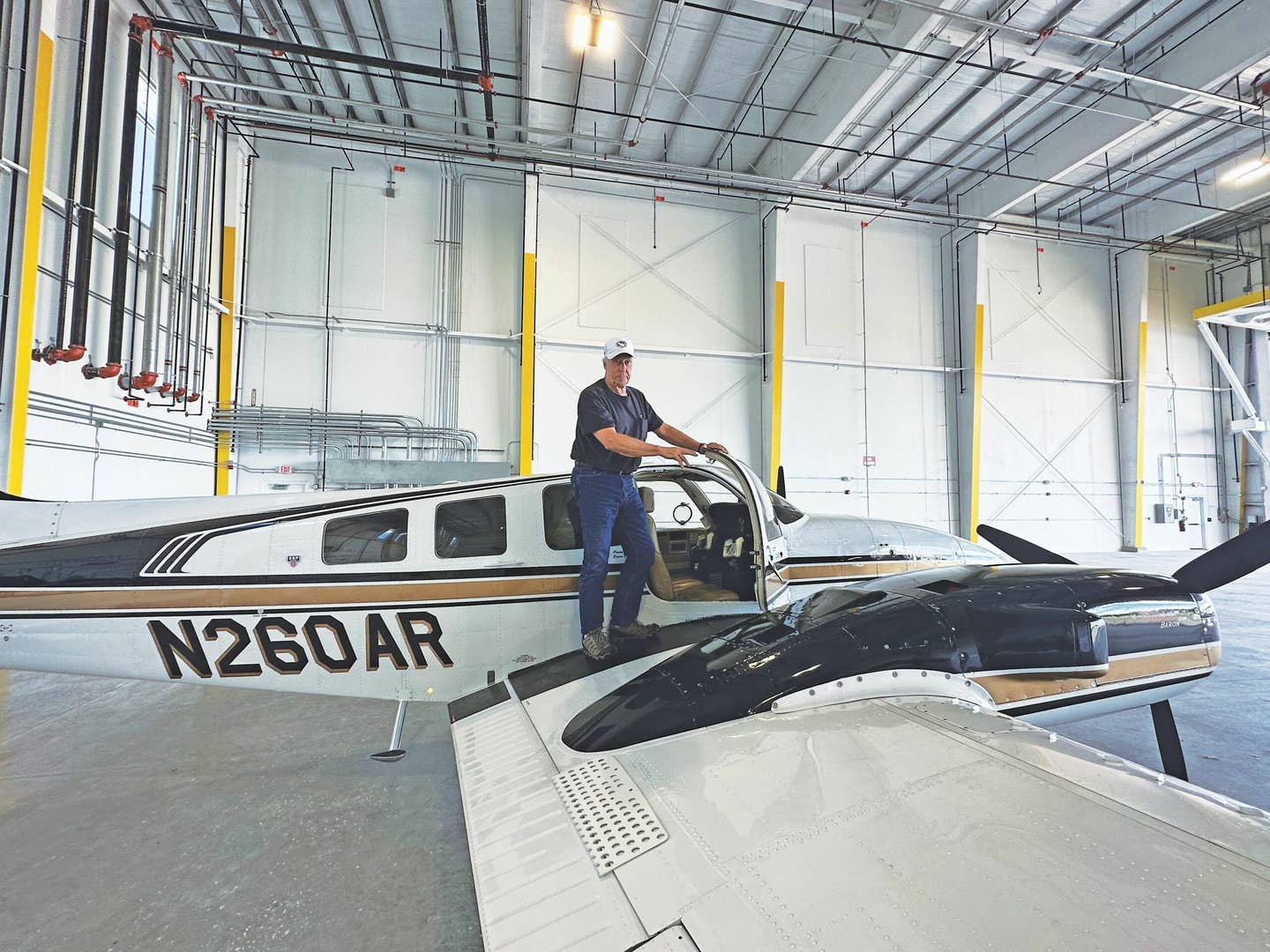
FLYING contributor Dick Karl says the P-Baron is the best fit for he and his family as he transitions from flying his Cessna Citation CJ1 to an airplane that qualifies for BasicMed. [Courtesy: Dick Karl]
If you had told me when I was 30 years old that someday I would own a Beechcraft Baron, I would have been ecstatic, but incredulous. If you had mentioned the airplane was pressurized and had amazing avionics, I would have been overcome by disbelief and gratitude.
If you had asked me last month, my feelings might have been a bit more mixed. It is true that a P-Baron is the best fit for me and my family as I transition from flying our Cessna Citation CJ1 to an airplane that qualifies for BasicMed. I could not find a version of my old love, a Cessna 340, that fit the BasicMed takeoff weight requirement, so the smaller, sportier Baron was the best choice. A fabulous airplane to be sure, but it ain’t no CJ1, if you know what I mean. It felt like leaving a high-end restaurant for a serviceable mid-level eatery—the food is still good, but the surroundings aren’t quite as sumptuous; not to mention losing the speed, altitude, and reliability of a jet. So, it’s out of Ruth’s Chris and over to Outback Steakhouse.
If you're not already a subscriber, what are you waiting for? Subscribe today to get the issue as soon as it is released in either Print or Digital formats.
Subscribe NowThus resigned, a search was launched and advice was sought. Not many P-Barons with modern control yokes (1984 models and later) and good avionics were out there. After I had suffered a few false starts, an alert mechanic told me about an airplane coming to market. The owner had confided to his A&P that he just wasn’t using the airplane enough to warrant continued ownership. He would ask for a reasonable price.
I called the owner, Joe Kolshak, only to discover he was that Joe Kolshak, former heavy-equipment pilot turned executive vice president at not one but two major airlines. Kolshak revealed himself to be my kind of guy—straightforward, reasonable, and responsive. I agreed to his asking price pending a prebuy inspection. A few days later, I found myself getting off an airliner in Atlanta and taking an Uber to Peachtree-Dekalb Airport (KPDK), where Kolshak’s wife, Ann, was waiting to take me to his hangar.
After introductions, we climbed aboard and headed to Lakeland, Florida, with Kolshak at the controls. When I say “climbed” aboard, I mean just that. You enter the flight deck via the right wing. My initial attempts could not be classified as graceful…or even safe.
Once underway, we climbed to 11,000 feet and started to dodge thunderstorms. This was, I must say, even easier than in the CJ1 in the sense that the Garmin G600 and GTN 750 with SiriusXM weather gave a very clear depiction of the buildups. It goes without saying, though, the speed at which you can circumnavigate thunderstorms in a jet surpasses that of a P-Baron. We didn’t suffer a bump, though, and landed gracefully two hours later.
The prebuy went smoothly. My go-to shop in Lakeland (Double M Aviation) found some minor issues, but its owner, Mike Naab, told me, “It’s a very nice airplane!” Kolshak and I agreed on his asking price minus the estimated costs for the airworthiness discrepancies and the annual, which was due. We both signed a contract that was significantly shorter than the one used to sell the CJ1. No lawyers, no brokers, just two guys agreeing to transfer ownership of an almost 40-year-old airplane. Like I said, my kind of guy.
- READ MORE: Moving on from the ‘It’ Airplane
Tucker at Wenk Aviation Insurance, whom I’ve used for more than 40 years, found insurance. It wasn’t cheap, but the market for insurance for 77-year-old pilots, regardless of type ratings, currency, or total hours, is ugly. He recommended Wright Aviation for initial training that was insurance approved. When I queried its website, I got a call from Tye Jones, and we set a date for training with Todd Underwood, who is based close to home in Florida.
When I went to call Jones again, I noticed his phone number read “Colorado Springs.” Funny, I was headed there that day. When we spoke, I asked if he was indeed in KCOS. “Yes,” he said. A pilot for SkyWest Airlines, he’s based in KCOS and works for Wright as well. “I’ll pick you up at the airport and drive you to your hotel,” he offered.
It came to pass. Jones gave up his time during rush hour. This never happened at CAE, Flight Safety, or SimCom. We had a delightful drive, and I came home ready to get started. I memorized gear extension speeds, flap speeds, minimum control speed in the air with one engine inoperative, and turbulent air speed, among others.
On the appointed day, I met Underwood at Lakeland. Naab hooked up a power cart, and we rehearsed the use of fabulous avionics: the Garmin GTN 750 and G600. At 11:27 a.m., I did my first takeoff in a Baron. We headed north and climbed above the customary cumulous that aggregates over the Florida peninsula in summer. After steep turns, stalls (clean and dirty), single-engine demonstrations, and three landings at an uncontrolled field, I was exhausted, but there was more to come. Almost three hours later, I crawled onto the wing and headed for the water fountain. My dismount was risible. Next time, I plan to come off the wing face-first—I’ll leave it at that.
After more training and some weight and balance work in ForeFlight, Underwood cut me loose and left me with one important lesson soldered into my brain. He is a jet jockey, too, so he knows how I had been accustomed to removing my hand from the throttles after the CJ1 reached V1, the so-called decision speed. It is said in the jet world that after V1 you are going flying, pretty much no matter what. He reminded me that I hadn’t flown a piston airplane in 25 years and that single-engine flight just after takeoff is a dangerous thing in a light twin.
“What do you do when you hear a loud bang after liftoff, and the airplane starts to roll to the right?” Underwood asked. Unprepared mentally, I said control the roll with aileron and rudder, identify the dead engine, and feather the propeller on the dead engine. He pointed out that with full power on one side, I might be upside down and dead by the time I managed to perform these simple tasks. “Reduce power on operating engine,” he said. “At least you’ll have a controlled wings level crash…and you might just make it.”
Three days later, my friend, Tom, and I flew home to Sheltair in Tampa. Photos were taken, smiles flashed, and congratulations offered. Still, I kept thinking of Underwood’s advice—and that really high-end restaurant.
This column first appeared in the September 2023/Issue 941 of FLYING’s print edition.

Subscribe to Our Newsletter
Get the latest FLYING stories delivered directly to your inbox



